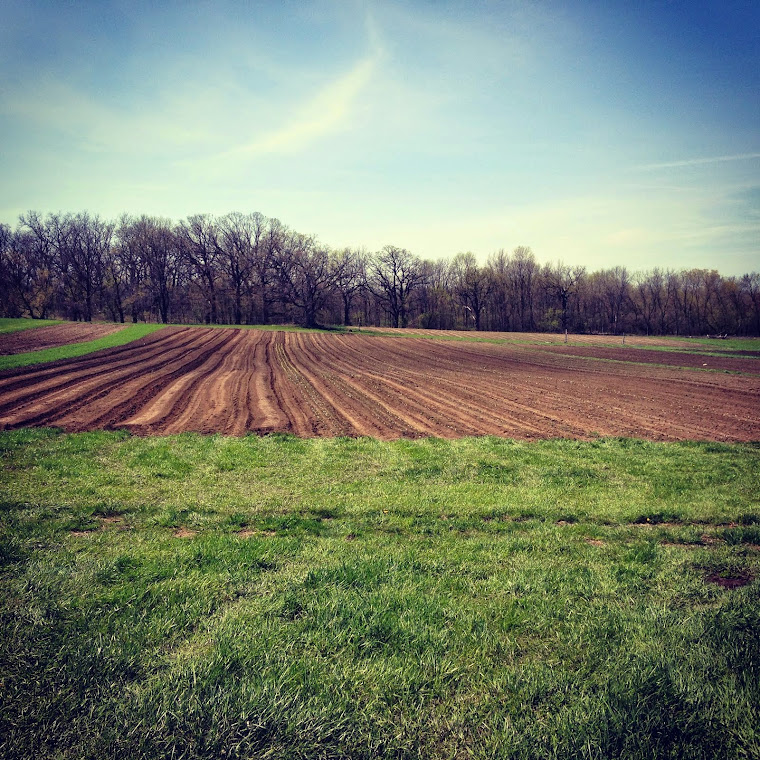Today I drove through poppy flanked roundabout after roundabout until I reached the town of Villandry, outside of Tours. I was here to discover the gardens of Châteaux Viallandry - the last châteaux built along the banks of the Loire during the Renaissance.
A 12th Century fortress was razed by Jean le Breton, the Finance Minister under François the First, in 1536 to accommodate the building of Châteaux Villandry. In the 19th century the traditional gardens were destroyed to create an English style landscape garden around the castle, which was fashionable at the time.
In 1906, however, the castle was purchased by Joachim Carvallo, a Spaniard who gave up his scientific career working under Nobel Prize winner Professor Richet to devote himself entirely to Villandry. He began by restoring the castle and then by restoring the traditional Renaissance gardens. Using a literary source "Les Plus Excellents Bastiments de France - or The Most Excellent Buildings in France), he worked with architects and archaeological surveys to recreate the vestiges of the old French garden.
Described by J. Androuet du Cerceau, a 16th century landscape architect, it was his original plans among others that were used to inspire Joachim Carvallo at the beginning of the 20th century when restoring Villandry.
Moving through the landscape to reach the Kitchen Garden, I was amazed at the use of alternating colors, geometrical patterns, and overall utility. Over 115,000 flowers and vegetables are planted each year, half of which are prepared in greenhouses on site. Maintaining the strict symmetry of the garden requires constant care. For instance, each winter the 1,015 lime trees scattered over the estate require a team of four gardeners over three months to prune. If you were to place all the box shrubs end to end, they would measure over 52 km!
The Kitchen Garden dates back to the Middle Ages. The first influence came from monks who preferred to lay their vegetables out in geometric shapes, with a particular preference for the cross. The standard roses, planted in symmetry, symbolize the monks digging and tending to their plots. The second influence came from Italy, which gave the monastic kitchen garden its more ornamental features: fountains, arbors, and square flower beds. The third and final influence came from French gardeners of the 16th century, which combined these two inspirations of monastic and Italian, and made way for the newly arriving additions from the Americas. They called this a decorative kitchen garden.
The wonderful thing about pairing ancient design with modern developments is the union of aesthetic and utility. The Water Garden, of classical inspiration, is centered around a large pond in the shape of a Louis XV mirror. It is flanked by a cluster of lime trees, and makes a tranquil resting point in the center of the compound.
Water management is essential in any garden, as there is no life without water. This large reflection lake serves two functions. One, as aesthetic, helps make this garden a beautiful place. The fountains, water staircases, moats, and pools all create a soothing and restful feeling through visual and sound.
The second function is utilitarian. Filled by a nearby stream that collects rainwater and runoff from 1,000 hectares of drained fields, this on-site reservoir provides irrigation for the surrounding gardens. Originally these were irrigated by an on-site artesian spring well, but excessive quantities were drawn from it by the industries of the Touraine and it dried up in the 1960s. Since then a pump has been installed in the lake and supplies the gardens with water when rainfall is scarce.
The ornamental gardens are comprised of four plots, each representing a different type of love. Their designs are constructed using box shrubs and flowers. "Tender love" is represented by hearts separated by flames, surrounding shapes of masks worn at balls. "Passionate love" also includes heart shapes, but broken by a representation of passion, laid out in a farandole stepping pattern (a French dance form) to evoke the feeling of dancing. "Flighty love" - my favorite garden - is symbolized by butterfly wings, central fan shapes, and love letters. "Tragic love," the last of the ornamental gardens, represent the blades of daggers and swords used in duels caused by the rivalry in love, with red flowers to symbolize bloodshed.
The beauty of this garden to me was thinking of all the different influences that went into it. French, Italian, Spanish, American, and most importantly - an ecological influence.



























No comments:
Post a Comment